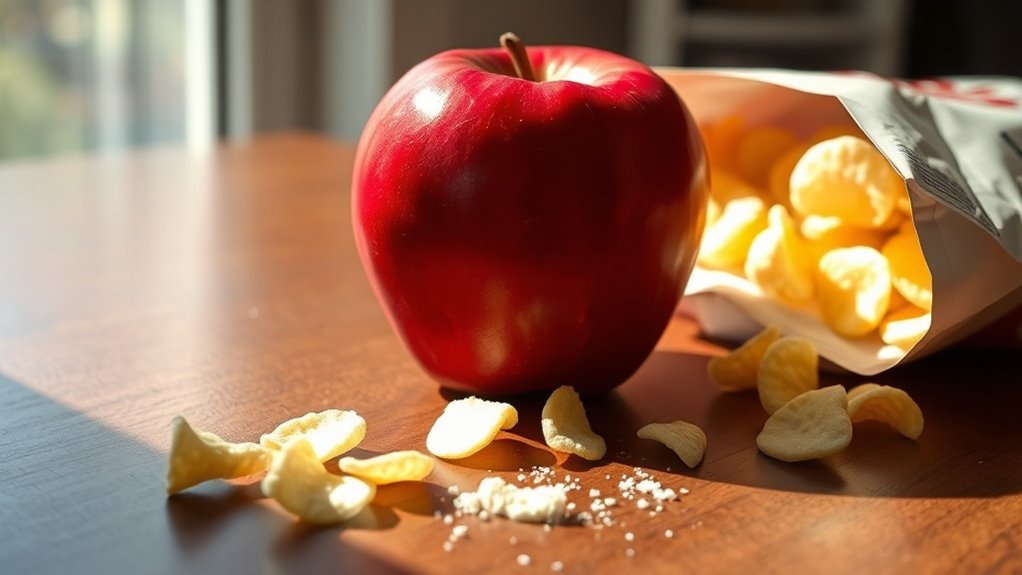The Trick to Staying on Track Even During Cravings
You’ve likely faced a craving so intense it felt like your entire world would crumble if you didn’t give in right that second. Yet science shows that most cravings peak and fade within just ten minutes. By understanding the neurochemical processes behind your cravings and implementing proven strategies, you’ll find yourself better equipped to navigate these challenging moments. Let’s explore how you can transform your response to cravings from helplessness to mastery.
Understanding the Science Behind Your Cravings
When your brain experiences cravings, it activates the same reward pathways associated with addictive behaviors.
Your dopamine levels surge, triggering an intense desire for immediate gratification.
Understanding this neurological response is one of the key stay on track hacks, as it helps you recognize that cravings are temporary chemical reactions rather than commands you must follow. Additionally, recognizing that chronic stress can heighten these cravings empowers you to manage them effectively.
Essential Strategies to Combat Temptation
Although cravings can feel overwhelming, several evidence-based strategies can help you maintain control during moments of intense temptation.
Research demonstrates that implementing specific techniques can greatly reduce the intensity and duration of cravings.
- Practice mindful awareness by observing cravings without judgment.
- Engage in brief physical activity or exercise to redirect your focus.
- Use the “urge surfing” technique to ride out the craving wave.
- Implement a 10-minute delay rule before acting on impulses.
- Consider taking a pause to assess your feelings before eating as this can prevent mindless eating and support healthier choices.
Creating a Personalized Action Plan
Developing a structured action plan tailored to your unique triggers and patterns can greatly increase your success in managing cravings.
Begin by documenting your specific craving episodes, including time, location, and emotional state.
Next, identify alternative behaviors for each scenario, like taking a walk or practicing deep breathing.
Finally, establish clear metrics to track your progress and adjust strategies accordingly. Additionally, practicing mindfulness techniques can enhance your ability to navigate cravings effectively.
Building Long-Term Resilience Against Cravings
To build lasting resilience against cravings, you’ll need to implement sustainable lifestyle changes that strengthen both your physical and psychological defenses.
Research shows that developing multiple coping strategies creates robust protection against recurring urges.
-
Practice mindfulness meditation to increase self-awareness and emotional regulation.
-
Maintain consistent sleep patterns to stabilize hormone levels.
-
Establish regular exercise routines to boost endorphins naturally.
-
Develop stress management techniques through cognitive behavioral strategies.
-
Incorporate hydration habits, such as drinking a full glass of water at the first sign of a craving, to help interrupt and reduce urges.





